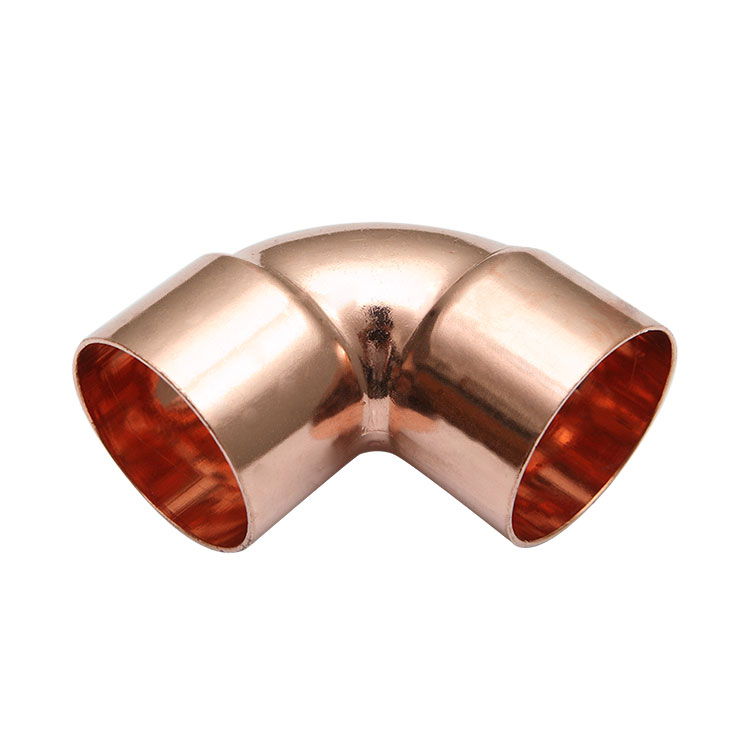

Many structural parts and main components of copper castings are made of castings, and are closely related to the quality and precision of copper. The quality of copper castings has a crucial impact on the quality, life and precision of the machine tool.
Copper castings can also be used in valves, speakers, injection molding machines, upper and lower water pipes, etc. There are various classification methods for castings: according to the different metal materials used, they are divided into steel castings, iron castings, copper castings, aluminum castings, copper castings, etc. And each type of casting can be further divided into different varieties according to its chemical composition or metallographic structure. For example, iron castings can be divided into gray iron castings, malleable iron castings, alloy iron castings, etc.; according to different casting methods, castings can be divided into ordinary sand castings, metal castings, die castings, ceramic castings, electroslag remelting castings Parts, bimetal castings, etc. Among them, ordinary sand castings are the most widely used, accounting for about 80% of all castings. And aluminum, magnesium, zinc and other non-ferrous metal castings are mostly die castings.
